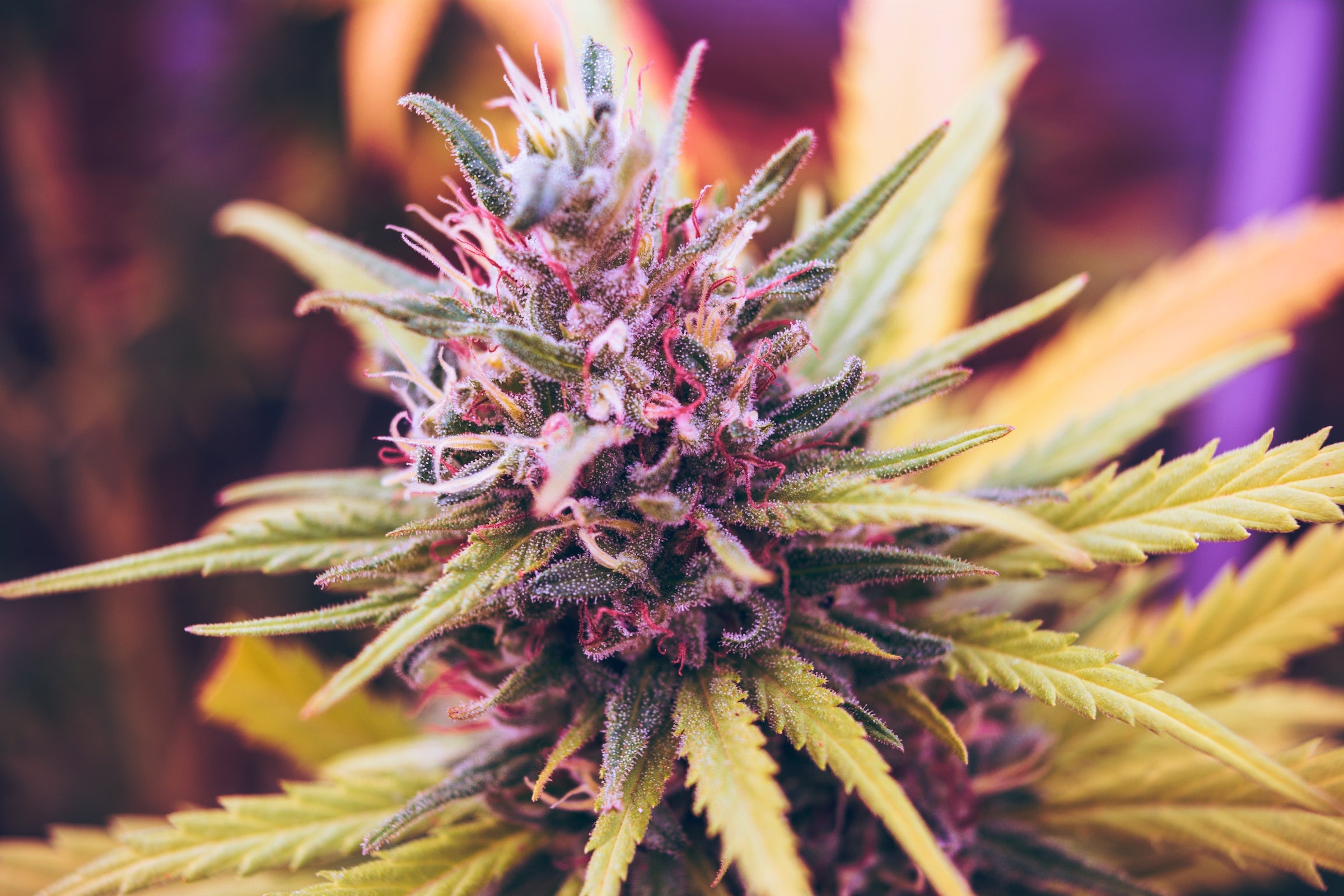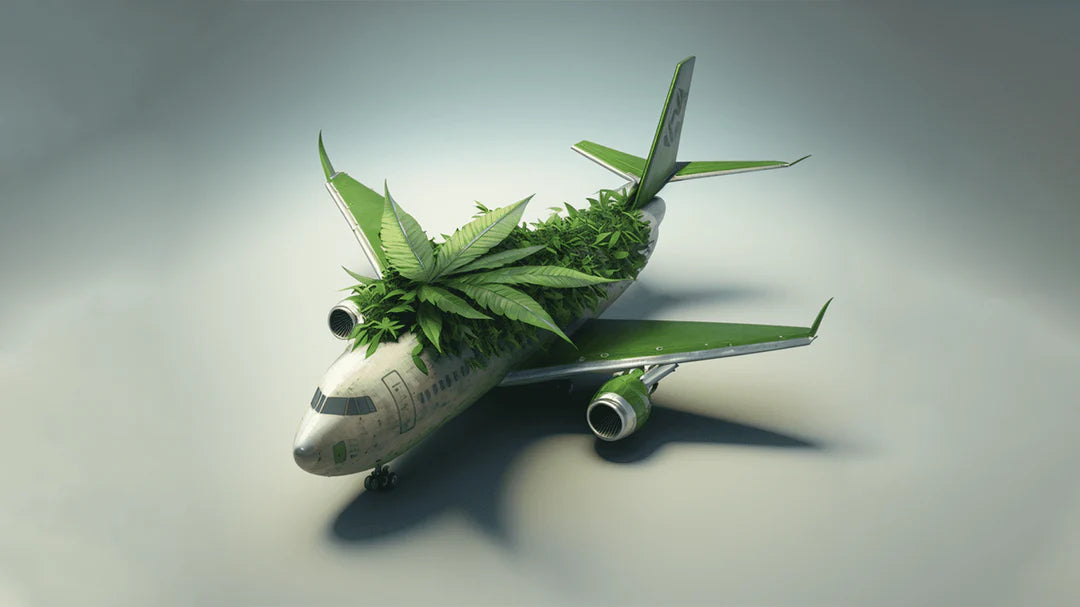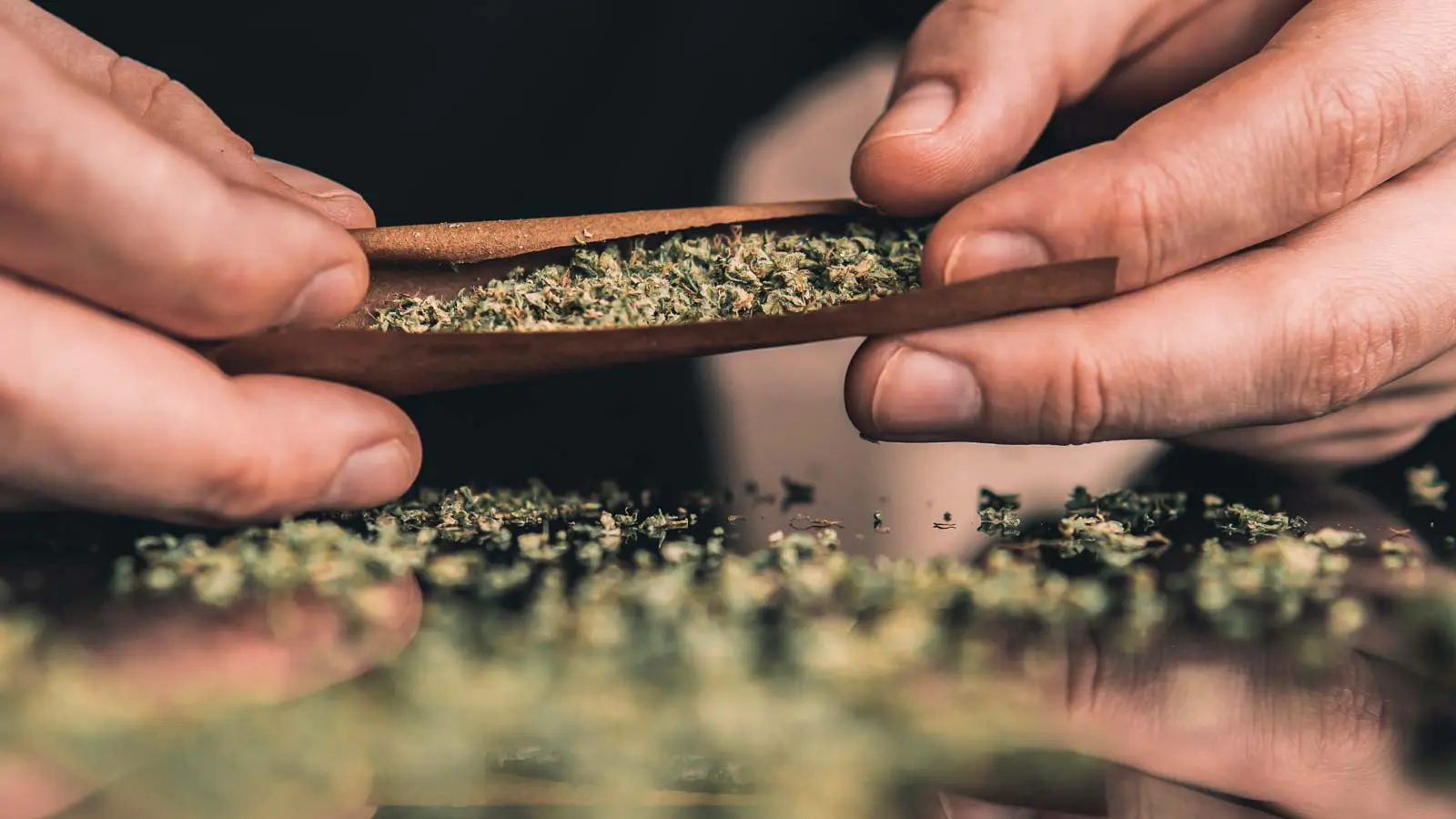
How Are THCA Flowers Grown?
The cultivation of THCA flowers is a fascinating journey that involves several crucial steps and meticulous care to produce high-quality, potent cannabis flowers. These flowers, rich in tetrahydrocannabinolic acid (THCA), serve as the raw material for various cannabis products, including edibles, tinctures, and concentrates. In this blog post, we'll explore the process of how THCA flowers are grown, from selecting the right genetics to harvesting and curing.
Selecting the Right Genetics
The journey to cultivating THCA-rich flowers begins with genetics. Cultivators choose specific cannabis strains that are known for their high THCA content. These strains have been selectively bred to express the desired cannabinoid profile, emphasizing THCA while minimizing other compounds like THC (delta-9-tetrahydrocannabinol) that can result in psychoactive effects.
Germination
The first step in growing THCA flowers is germinating cannabis seeds or propagating clones from a mother plant. Germination involves carefully preparing the seeds and providing them with the right conditions to sprout. This typically includes placing seeds in a moist environment with proper temperature and humidity levels.
Seedlings and Vegetative Growth
Once the seeds have germinated, they develop into seedlings with their initial leaves. During this stage, cultivators provide a carefully controlled environment that encourages healthy growth. This includes the right light spectrum, temperature, and humidity levels. Cannabis plants at this stage focus on developing a strong root system and vigorous vegetative growth.
Transition to Flowering
To induce flowering, cannabis plants require a change in their light cycle. Indoors, this typically involves switching from a vegetative light cycle of 18-24 hours of light to a flowering cycle of 12 hours of light and 12 hours of darkness. Outdoors, the changing seasons trigger the transition to the flowering stage as daylight hours naturally decrease.
Flowering Stage
The flowering stage is where the magic happens. This is when cannabis plants develop the beautiful buds that contain THCA. During flowering, female cannabis plants produce pistils, small hair-like structures that catch pollen from male plants, resulting in seed production. However, for THCA-rich flowers, cultivators typically cultivate only female plants to prevent pollination and seed formation.
Nutrient Management
Throughout the flowering stage, careful nutrient management is crucial. Cannabis plants require various macronutrients (like nitrogen, phosphorus, and potassium) and micronutrients (like calcium, magnesium, and iron) to thrive. The precise nutrient requirements can vary depending on the specific strain and growing conditions.
Climate Control
Maintaining the right environmental conditions is vital during the flowering stage. Temperature and humidity levels must be carefully regulated to prevent mold, mildew, and other environmental strainers that can negatively impact flower development.
Harvesting
The timing of the harvest is crucial for THCA flower production. Harvesting too early can result in underdeveloped flowers with lower THCA content, while harvesting too late can lead to overripe flowers with potential degradation of cannabinoids. Growers often rely on a combination of visual cues, trichome development, and strain-specific guidelines to determine the optimal harvest time.
Trimming and Curing
After harvest, the THCA-rich flowers undergo trimming to remove excess leaves and stems, leaving behind the resinous buds. These buds are then carefully cured to enhance their flavor, aroma, and potency. Curing involves placing the flowers in a controlled environment with controlled humidity levels for a specific period. This process allows for the gradual release of moisture while preserving the cannabinoids and terpenes.
Quality Control
Throughout the cultivation process, quality control measures are essential. Regular monitoring of plant health, nutrient levels, and environmental conditions ensures that the plants are thriving and producing high-quality THCA-rich flowers. Any issues, such as pests, disease, or nutrient deficiencies, must be addressed promptly to maintain flower quality.
Final Thoughts:
The journey of how THCA flowers are grown is a complex and intricate process that requires expertise, patience, and dedication. From selecting the right genetics to nurturing the plants through each growth stage and carefully timing the harvest, cultivators play a vital role in producing THCA-rich cannabis flowers that can be used to create a variety of cannabis products. As the cannabis industry continues to evolve, the cultivation of THCA flowers remains a cornerstone, providing consumers with a diverse range of choices and experiences.


